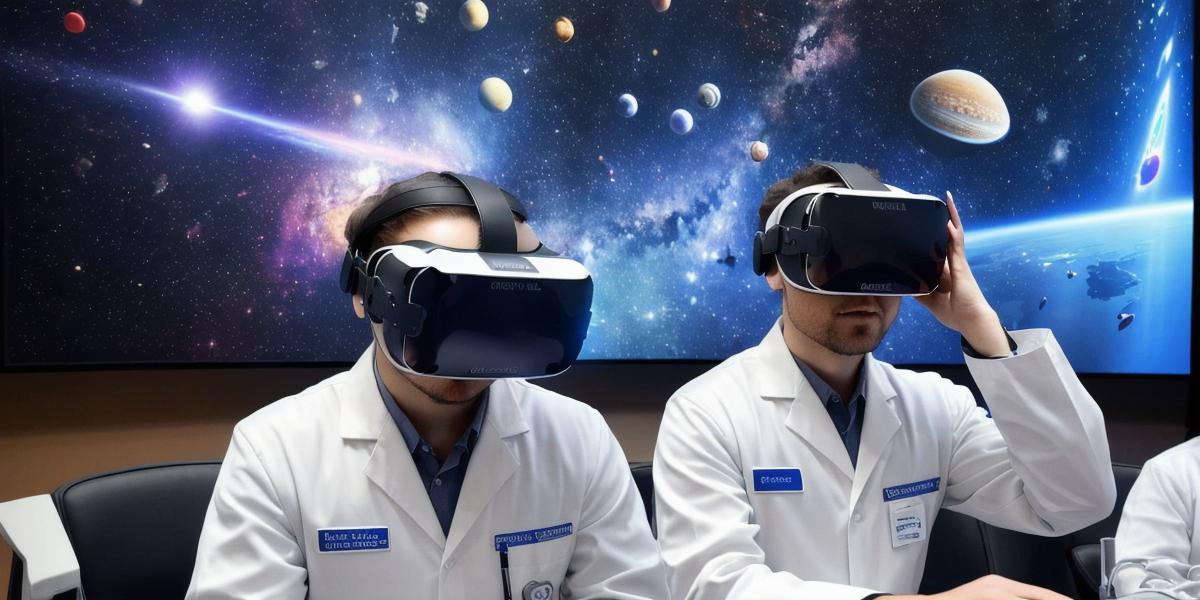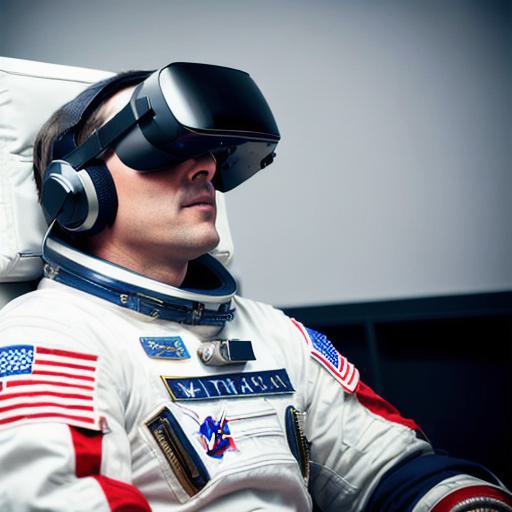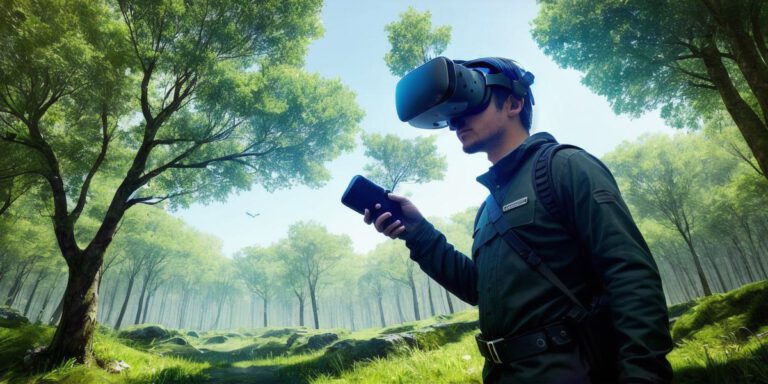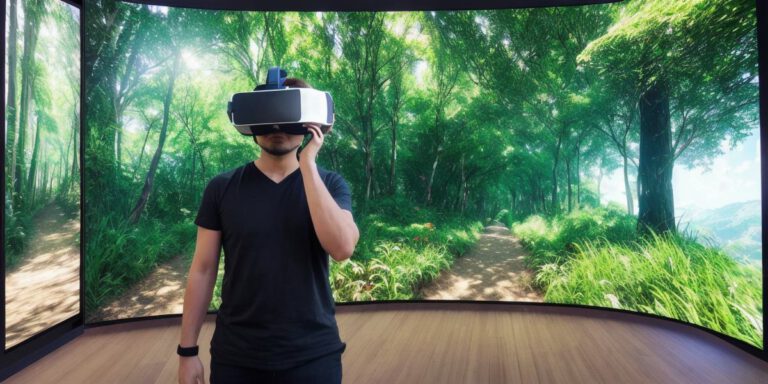How NASA is Revolutionizing Space Exploration with Virtual Reality

NASA, the US space agency responsible for space exploration, has been using virtual reality (VR) technology in various ways to enhance its mission objectives. With the help of VR, NASA has revolutionized the way it approaches training astronauts, conducting experiments, and even exploring space. In this article, we will explore some of these revolutionary applications and future possibilities.
Training Astronauts with VR
Training astronauts is a critical task for NASA as they need to be equipped with the necessary skills to perform complex tasks in space. Traditionally, training has been done on Earth using simulators, but this method has its limitations. With VR, NASA can create a realistic simulation of space environments and provide astronauts with an immersive experience that closely resembles actual missions.
For instance, NASA’s Valkyrie humanoid robot is equipped with VR technology, which allows it to mimic the movements of an astronaut in space. This technology can be used for training purposes, allowing astronauts to practice complex tasks without risking their lives.
Conducting Experiments with VR
NASA has been using VR technology to conduct experiments in space, which was previously impossible due to the constraints of the physical environment. With VR, NASA can create simulations of different environments and conditions, allowing scientists to test hypotheses and gather data in a controlled setting.

For example, NASA’s 3D printing experiment in space used VR technology to print objects in microgravity, which was a crucial step towards developing the infrastructure needed for long-duration missions.
Exploring Space with VR
NASA has also been using VR technology to explore space virtually. With VR headsets, astronauts can take virtual tours of different planets and celestial bodies, providing them with a unique perspective on the universe.
Furthermore, VR technology can be used for remote exploration, where NASA can send a VR-equipped rover to a distant planet or moon and control it remotely. This technology can provide astronauts with an immersive experience of exploring space without leaving Earth.
Future Possibilities
The applications of VR technology in space exploration are endless. For example, NASA could use VR technology to design new spacecraft or test different propulsion systems in a virtual environment before building them physically.
Furthermore, VR technology could be used for deep-space missions where communication with Earth is difficult. With VR, astronauts could communicate with each other and mission control in real-time, providing them with the necessary support to complete their tasks safely.
In conclusion, NASA’s use of VR technology has revolutionized space exploration by enabling it to train astronauts, conduct experiments, and explore space virtually. With the help of VR, NASA is pushing the boundaries of what is possible and paving the way for future missions to Mars and beyond.








